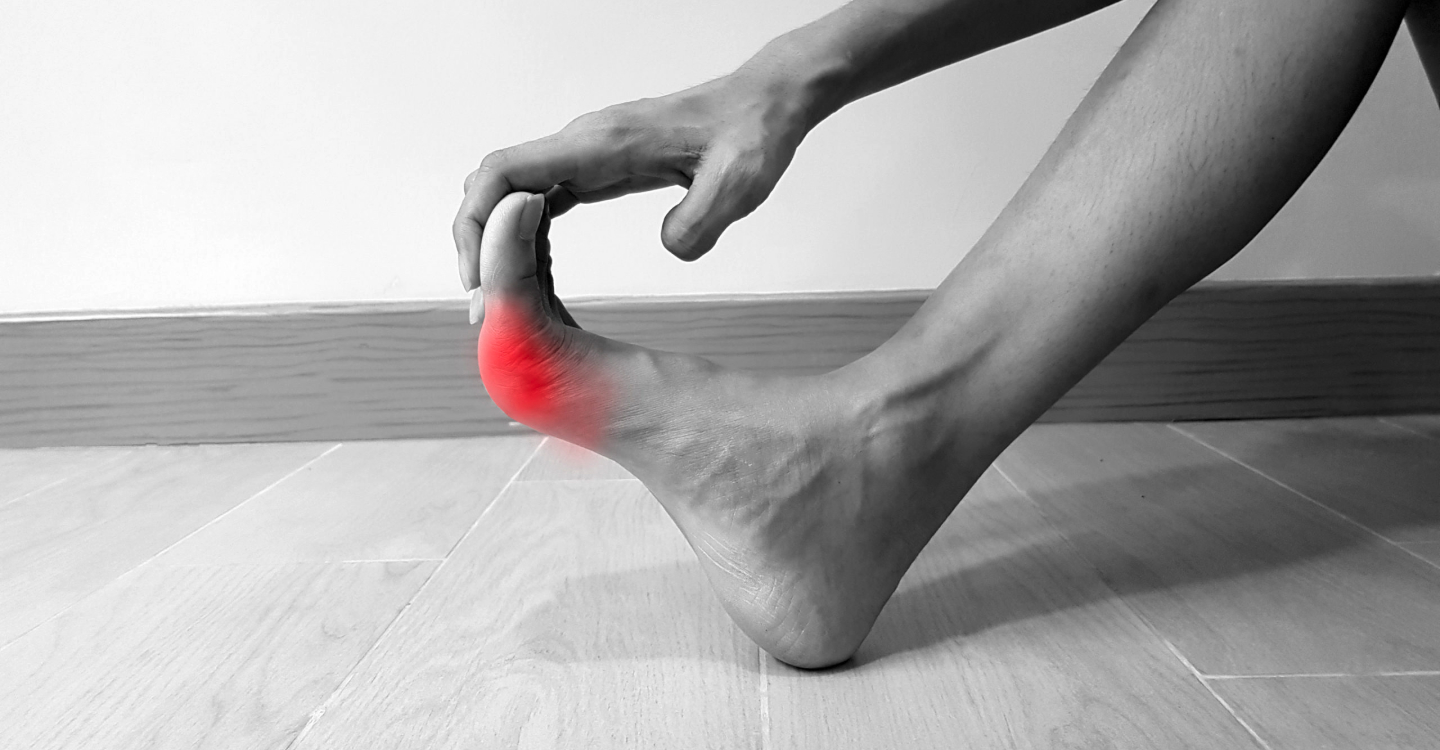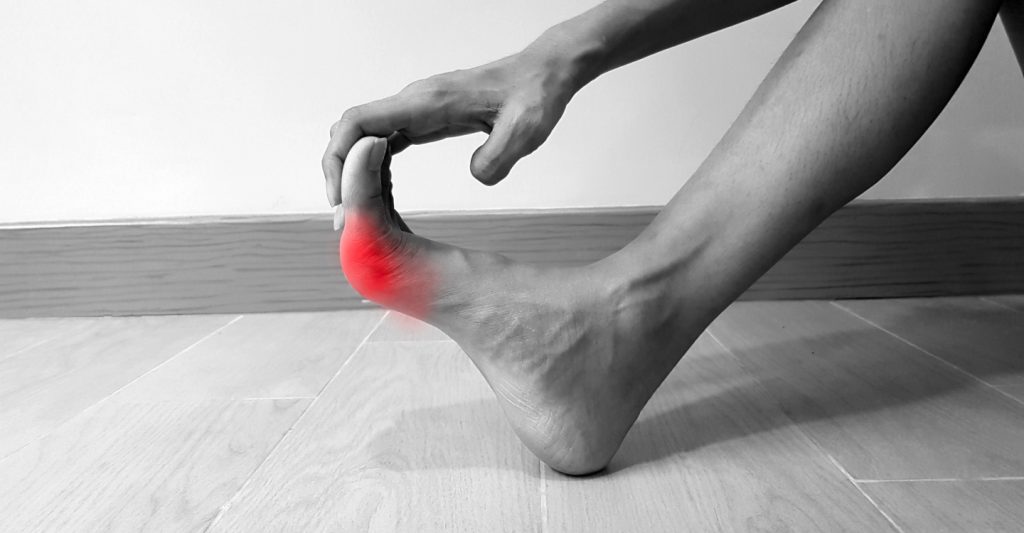According to a study by the American College of Rheumatology, hallux valgus, better known as bunions, are more likely to affect women and older individuals.
The study was published in the Arthritis Care and Research journal from Wiley-Blackwell. During the study, it was found that 36 percent of the entire study group suffered from bunions. Individuals who suffered from bunions showed worse health overall and a lower quality of life due to their bunions when compared to participants that did not suffer from bunions.
Of the percentage of bunion sufferers, the majority tended to be older individuals and females. The bunions may have occurred for a variety of reasons. The condition generally develops over months or years. Some of the first signs of bunions may be painful foot tissue that is soon followed by a bony protrusion on the foot. As the bunions grow, they often cause problems with proper toe alignment, with the big toe pushing the other toes out of alignment due to the bony protrusion.
Additional deformities of the foot may occur as a result of bunions, such as hammertoe or claw toe. Corn and callus development are also more likely in those who suffer from bunions. Since bunions and other deformities of the foot can be corrected surgically by a foot surgeon, the problem is often best addressed before it is able to grow worse and affect the whole foot.
Since it is now clear from these studies that bunions are more likely to affect women and older individuals and could go on to impact the overall health in a negative way, bunions should be eliminated as soon as possible.



